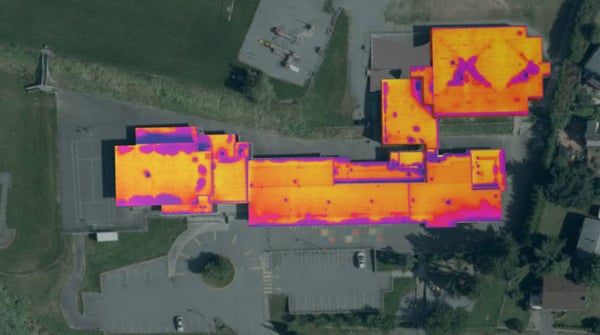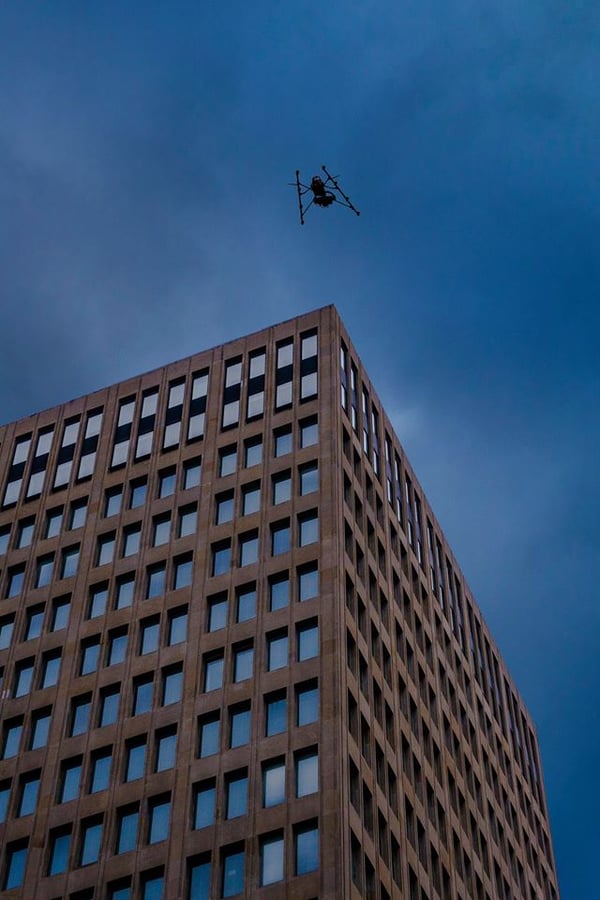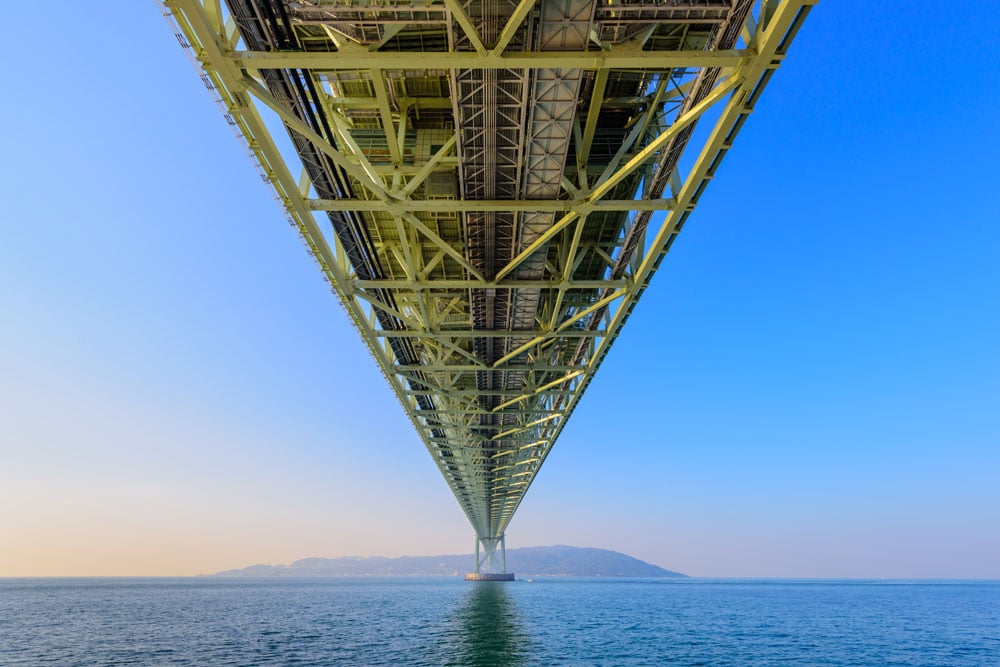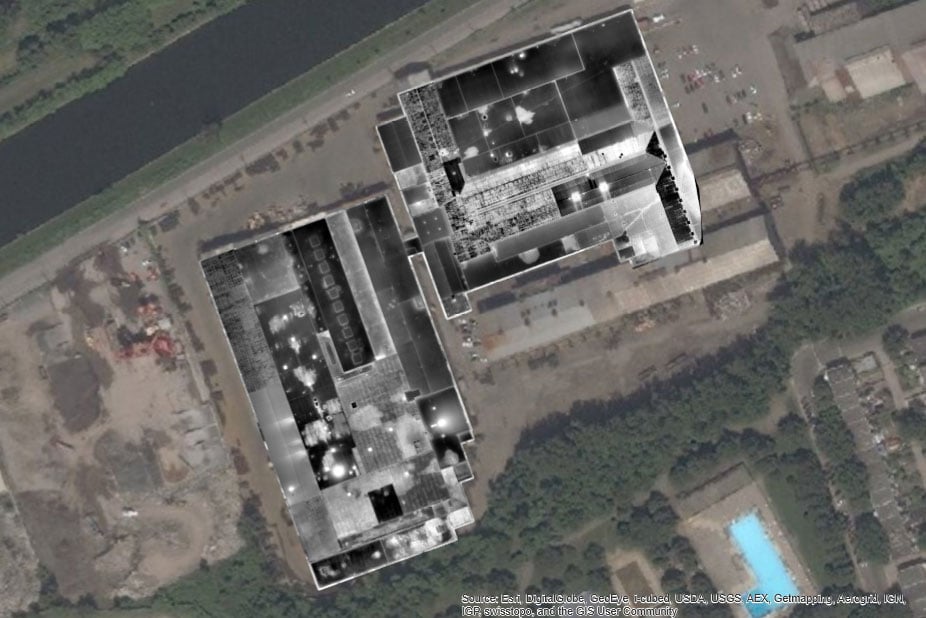Of late, most building owners, home buyers, and service providers are using drone inspection technology to inspect the buildings and other structures. The UAV technology allows them to cut inspection costs and time, as well as improve safety and data quality. In the building industry, the drones enable companies and individuals to safely and quickly inspect the roofs, including the hard to reach sections of complex designs.
Generally, the service providers in the construction industry such as the maintenance, marketers, and insurance companies can use drones to improve their operations, safety, and efficiency while cutting costs and inspection time. This is in contrast to the expensive, risky, and capital and labor intensive traditional inspection methods.
Even for those with limited resources to purchase drones and associated software, they can hire professional providers to carry out the inspections, process the data and give them actionable information. This saves on costs and is ideal for one time users such as home buyers. However, for organizations that plan to perform regular inspections such as oil and gas companies, building maintenance companies, or insurance companies it is better to have their own equipment and skills.

Challenges in traditional roof inspections and why drones
Traditional building and roof inspections where workers scale ladders, use scaffolding equipment, walk on ledges or weak roofs are risky and expensive. In addition, they are not as accurate and usually take hours to identify problems. The challenges in traditional inspections include but not limited to;
- Heavy and expensive equipment
- Larger manpower requirement
- Risks such as falls, roof damage or collapse
- Time-consuming and costly
- Less comprehensive data collection especially on hard to reach locations
Drones on other on the hand are safer, quicker and more accurate hence more efficient in identifying damages, leaks, cracks and other signs of structural failure. Generally, the drones can help an organization to reduce inspection costs, time and safety risks for the workers, building owners, and occupants.
For example, it is possible to reduce three-week inspection process that a traditional inspection takes to only a few hours. In addition, the savings on the manpower, equipment and time can run into several thousand dollars for big organizations per building inspections.
Using drones to inspect buildings
As the costs keep going down and functionalities and applications increasing, most industries are embracing the drone technology to improve their operations. Using mobile devices such as smartphones and tablets, builders, supervisors, and workers can connect, communicate, share information and collaborate. This allows them to make better decisions, work more efficiently and cut costs.
Building inspections are necessary for a variety of reasons. Most often real estate agents, building or home buyers, insurance agencies and maintenance companies often require the data to determine the status of the roof and walls. Using drones, it is easy and cheaper and quicker to carry out the inspections, identify and fix problems that can lead to accidents and damages. Other applications include:

Mitigating safety risks at the job site
People can use drones to make preliminary checks to ensure that the rooftop is safe for a worker to climb, either for further analysis, repair, maintenance or upgrading such installing solar panels, additional equipment or improvements. Also, the drone can first survey a building or rooftop after a collapse or accident to establish if it is safe for a worker to access it.
Rooftop solar panel installation and maintenance
Energy companies often survey the roofs before installing solar panels. This enables them to determine what they require, costs and the best way to install the panels. The drone can survey the roof and create a digital terrain model of the roof in only a few hours instead of weeks that a traditional method takes.
Apart from the structural and surface analysis of the roof, the drone inspection is useful for other applications such as checking the solar panels for defects, maintenance needs. For example, looking for mechanical damages, overheating panel using thermal imagery, check for other issues such as excessive dust and dirt etc.
Insurance
Insurance companies often request information about the roof and walls conditions when insuring a building or when the building or homeowner makes claims. A thorough inspection provides the insurance adjusters with the opportunity to properly assess and determine what they are liable to cover when repairing any damages.
Using drones has benefits such as better data and shorter time to analyze the building for appraisals, estimates, damage claims etc. Sharing the share the drone data with various stakeholders is also easier and quicker hence enabling faster decision-making.
For bidding purposes
When there is need to modify, upgrade or repair a roof, the building owner will require the data about the roof condition so that the service provider will know what to expect even before setting foot on the structure. While the owner may want to do this, it may be advisable to seek the services of qualified and experienced drone based roof inspectors, use the appropriate software tools to take accurate measurements, etc.
Thermal imagery
Using high-resolution thermal cameras allows the operators to view and detect areas with heat signatures due to faulty insulation. The thermal imagery allows the inspectors to spot problems invisible with the naked eye. With the traditional means, identifying the insulation defects is a time-consuming and physically exhausting exercise. However, the drones simplify this and only require a few hours at a fraction of the cost of a traditional method.
In addition, traditional thermal inspections will only analyze the accessible areas and often yield poor quality images since workers may not get very close to the surface especially when hanging for cranes, manned aircraft or other equipment. The drone overcomes all these; since they can get much closer as well access the difficult to reach locations.
Benefits of using drones for building inspections
The roofing, building maintenance, real estate, insurance and marketing companies and others benefit a lot from using drones to inspect buildings.
The major benefits include;
Reducing safety risks
Majority of accidents during the roof inspections are usually due to falls. And since the drones eliminate the need for human workers to climb the buildings and walk over the roof surfaces, which may also be weak, they end up reducing the falls and other risks.
Other risks that workers using traditional means may encounter include external conditions such as exposed power lines that are close to the building, loose cables over the buildings.
Lower costs and ability to reach difficult locations
Drones enable the inspection of tall building walls and roof including the difficult to access areas such as the higher pitched roof structures and others. The devices enable faster assessment at a lower cost since it requires less equipment, time and manpower. The lower risks mean fewer insurance costs for workers and equipment.
Quick inspection and data sharing
The entire process takes much less time compared to the traditional approach. This includes planning, preparation, setting up the equipment and performing the inspection.
After setting the equipment, the actual inspection exercise for an average-sized building will take an hour or just a few minutes. Connecting the drone to the cloud enables it to upload the data to the cloud for processing and allow operators and other professionals to view the roof and building condition remotely.
This allows for easy data access, better collaboration, and teamwork between different professions.
Regular inspections leading to better maintenance
Launching a drone inspection requires less preparation time and also takes less duration to complete. It also costs less, hence enabling more building owners to easily and cheaply carry out regular surveys and identify potential problems.
In so doing, they are able to fix damages such as leaks, cracks and insulation breakdowns. This prevents other secondary problem such as damage due to leaks, high energy costs due to insulation breakdown, accidents due to roof collapse, etc.
Reduce risks and possible roof damage
Inspections using drones are more accurate, repeatable and require less equipment and manpower, time and preparation. Most homeowners may prefer drone based inspections and especially those whose buildings, weak, simple, tiled as well as fancy roofs since walking on them may lead secondary damages or collapse.
Factors to consider when looking for a building and roof inspection drone
With a wide range of drone, it is important to pay attention to the main features that will help in achieving the inspection objective. A drone for building or roof inspection should ideally meet the following requirements.
Good stability
A drone that is stable during the entire process provides accurate information and will deliver without delays. It should withstand light rain, strong winds, dust, and other normal weather and environmental conditions. This enables the drone to perform roof inspections almost any time, including during bad weather, and provide accurate data. It is critical since a building may have issues during this time and this probably the best time to check do the inspection and find potential problems
A long battery life
Most drone inspection jobs using usually take only a few minutes. A good battery should be enough to power the device for at least 15 to 20 minutes without the need to recharge or replace it in the middle of the job. This saves on time and money since there is no need for an extra battery.
GPS positioning
The GPS enables the drone to take a semi-automated flight that follows a certain flight path hence simplifying the roof inspection activity. With this feature, all an operator or pilot needs to do is to define the area to survey. The drone will then fly autonomously along the fight path. This provides a consistent data and the test is repeatable from the exact points as the previous ones.
Wi-Fi or cellular communication
For communication with the ground controller, the drone uses radio signals to communicate with the controller that the pilot on the ground uses. Adding the data communication features such as the Wi-Fi or cellular communication enables them to upload the information to the cloud and hence avail it almost in real time. Ideally, there should be a HD uplink to allow the drown transfer high-quality video feeds or images fast hence provide a real-time view of the roof
High-quality cameras
High-resolution cameras ensure good images which often influence the quality of the analysis. A good camera will capture almost any detail including small cracks or defects hence make it easier to analyze and identify problems. In addition, the drone should be able to transmit the images in real time so that the operator can have a view, and if need be, direct it back if there is a need for clarification.
In addition, the drone must be capable of tilting the camera straight down in order to capture direct overhead shots which *are necessary for accuracy.
Conclusion
A variety of advanced sensors is enabling people to use drones to perform tasks that are usually risky and costly with traditional methods. Benefits of using drones include saving time and money, improving safety, gathering and providing better data from normal as well as hard to reach areas such as on tall and complex buildings or roofs.
Tags
Building Inspections


